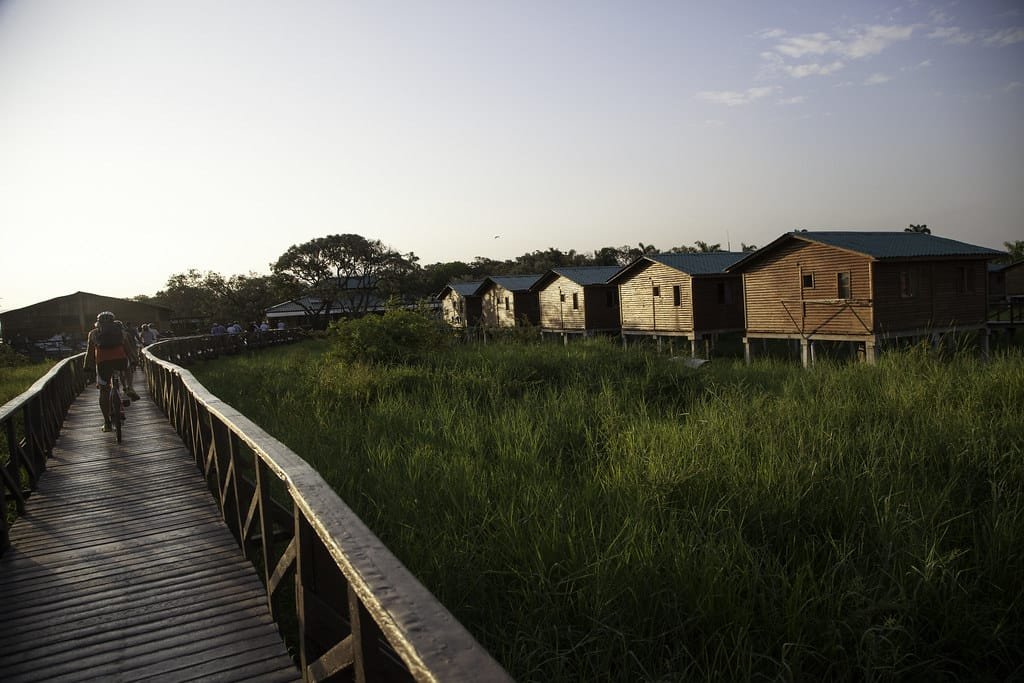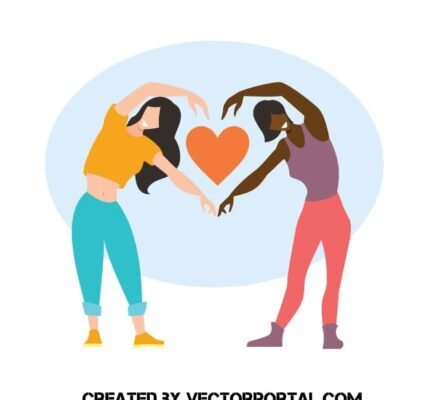What is Emotional Recovery?
A Journey of Many Colors
Imagine you’re on a path that sometimes is full of shadows and other times bright with lights. This path is the journey of emotional recovery, where we learn to understand and take care of our emotions, especially when we feel sad, scared, or angry.

This journey is not like a straight road; it’s more like a winding trail in a big forest. Sometimes, the path is clear and easy to walk on. The sun shines through the trees, birds sing, and you feel happy and confident. These are the times when you feel good about yourself and everything seems possible.
But there are also times when the path gets dark. The trees seem to close in, and you can’t see the way forward. This is when you might feel lost or scared. Your emotions might feel too big or too difficult to handle. It’s like carrying a backpack that’s too heavy, and you don’t know how to lighten the load.
Emotional recovery is about finding your way through both the light and the dark parts of this path. It’s about learning that it’s okay to feel different emotions, even the difficult ones. It’s also about discovering tools and making friends that can help light your way when things get tough.
Sometimes, emotional recovery means asking for help when you’re stuck in a dark place. Other times, it’s about celebrating the moments of light and sharing them with others. It’s a journey of learning more about yourself, what makes you happy, what makes you sad, and how to take care of your emotional well-being.
Remember, every step you take on this path, no matter how small, is important. Each step is a part of your journey, and every part of the journey is worth celebrating.
The First Steps on the Path
Recognizing Our Feelings
The first step on this path is to recognize how we feel. It’s like starting a journey with a map of your own emotions. Sometimes, it’s easy to know when we are happy or sad, but other times, it can be more difficult to understand what’s going on inside us. Our emotions can be like a hidden treasure that needs to be discovered.
Think of yourself as a detective of your own emotions. You might start by noticing little things: maybe your heart beats faster when you’re nervous, or you feel butterflies in your stomach when you’re excited. Or perhaps you feel a heaviness in your chest when you’re sad. These are clues that can help you understand what you’re feeling.

Recognizing our emotions is not always easy, especially when they are mixed up and complicated. Sometimes, we can feel happy and sad at the same time, or we might feel angry but not really know why. It’s like a puzzle where you have to fit different pieces together to see the full picture.
It’s also important to remember that there are no ‘bad’ emotions. All feelings are a part of who we are. Even emotions that feel uncomfortable or difficult, like anger, jealousy, or fear, have something to tell us. By understanding them, we can learn a lot about ourselves and how we see the world.
One way to get better at recognizing your feelings is to talk about them. You could talk to a friend, a family member, or a teacher. Sometimes, just saying out loud, “I feel sad today,” or “I am really excited!” can help you understand those feelings better.
Remember, every feeling is like a step on the path of emotional recovery. The more we understand our feelings, the more we understand ourselves. And that’s a big part of the journey.
Companions on the Journey
The Importance of Family and Friends
On the journey of emotional recovery, it’s vital to remember that you are never alone, even when the path feels solitary. Your family and friends are your fellow travelers, accompanying you every step of the way. They’re like companions on a long hike, offering support, guidance, and encouragement as you navigate through both the clear, sunny days and the unexpected storms.
Talking to your family and friends about your feelings holds incredible power. It’s akin to opening a window in a dark, stuffy room, letting in fresh air and light. This simple act can bring clarity and relief. When you share your thoughts and emotions, it can feel like you’re assembling a complex puzzle. Each word you speak places another piece, gradually revealing the complete picture of your emotional landscape.
Your loved ones can provide new perspectives, shining a light on angles you might not have considered. Hearing their experiences, knowing they have traversed similar paths, and seeing them emerge stronger can be immensely comforting. It instills a sense of hope, a beacon guiding you towards calmer shores.

The comfort and reassurance from those who care about you act as a source of unwavering strength. Their presence can be soothing, like a warm blanket on a cold night. They become your safety net, ready to catch you if you stumble, and gently helping you to find your footing again.
Choosing the right people to open up to is crucial. Look for those who listen with empathy, without rushing to judgment, those who provide the kind of support that resonates with you. These individuals are akin to lighthouses in the dark, offering guidance and safety. They may not change the nature of the sea you’re navigating, but they illuminate the way, making the journey less daunting.
Sharing your journey with others also means embracing the shared joy and comfort that these relationships bring. These interactions are not just about seeking support during tough times; they’re also about celebrating the good moments together, laughing in the sunlight, and appreciating the beauty of the journey.
Your support network—family, friends, and sometimes even mentors or counselors—plays a crucial role in your emotional recovery. They are the ones who remind you of your worth when you forget, who offer a listening ear or a shoulder to cry on, and who rejoice in your victories, no matter how small.
Emotional recovery is a path filled with learning and growth, and having a strong support network makes this journey less intimidating. These connections enrich your journey, adding layers of shared experiences, understanding, and love. They remind you that while the path of recovery is yours to walk, you don’t have to walk it alone. Together, each step forward is more meaningful, each challenge a little less daunting, and the journey towards healing becomes a shared adventure filled with companionship and hope.
Tools for the Path
Activities That Help
In the journey of emotional recovery, various activities can serve as valuable tools, much like a lantern that lights up a dark path. Engaging in these activities is not just a way to pass time; it’s a significant step towards understanding and managing your emotions more effectively.
Drawing is one such activity. When you draw, you don’t just create images on paper; you’re actually mapping out your feelings. Each stroke can represent a different emotion. A series of aggressive scribbles might capture your frustration, while gentle, flowing lines might reflect a calmer state of mind. The colors you choose can also say a lot about how you’re feeling. Dark, brooding colors might represent sadness or anger, while bright, vibrant colors could signify happiness or optimism. The act of translating your emotions into visual art can provide a sense of relief and can be incredibly therapeutic.
Writing in a diary is another powerful way to engage with your emotions. It’s a space where you’re free to express your deepest thoughts and feelings without fear of judgment. Writing about what’s troubling you can help to lessen the burden of those feelings. It’s like having a conversation with a trusted friend who’s always there to listen. Over time, you might start to notice patterns in your writing, which can lead to greater insights into your emotional state and triggers. This self-awareness can be crucial in managing difficult emotions.
Playing sports or participating in physical activities offers a different but equally valuable type of emotional release. Physical exertion can be a great way to channel and release pent-up energy and emotions. The endorphins released during exercise are natural mood lifters, often leaving you feeling more positive and energized after a good workout. Team sports can also offer a sense of community and belonging, providing both physical and emotional support. The focus required in sports can also be a form of mindfulness, helping you to stay in the moment, which can be a welcome break from overwhelming emotions.

Creative writing, such as poetry or storytelling, is another outlet. It allows you to articulate your emotions in a structured yet creative way. You can create characters and stories that mirror your inner world, which can help you to process and understand your feelings from a different perspective.
Music, whether it’s playing an instrument, singing, or just listening to your favorite tunes, can also be incredibly healing. Music has the power to evoke and express emotions in a way that words often can’t. Creating music or engaging with it actively can be a deeply personal and emotional experience, offering both comfort and a way to process difficult feelings.
Gardening is yet another activity that can contribute to emotional healing. The act of nurturing plants, watching them grow and flourish, can be incredibly satisfying and therapeutic. It connects you with a cycle of life that’s larger than your personal experiences, offering a unique perspective on growth and resilience.
Lastly, activities like meditation and yoga can help in calming the mind and bringing awareness to the present moment. These practices can teach you how to breathe through discomfort, remain calm in the face of emotional upheavals, and cultivate a sense of inner peace.
In essence, these activities are like beacons on the path of emotional recovery. They provide ways to express, understand, and manage emotions in a constructive and often enjoyable manner. By regularly engaging in these activities, you can build emotional resilience and find greater strength in navigating the complexities of your feelings.
Learning to Walk with Confidence
Growing with Every Step
In the journey of emotional recovery, each step you take is an opportunity for growth and learning. This path isn’t just about reaching a destination; it’s about the growth that happens along the way. Every experience, every challenge, and every moment of joy is a chance to learn more about who you are and what makes you resilient.
Even on days when the path seems shrouded in darkness and the way forward is unclear, there are valuable lessons to be learned. These difficult moments, though often painful, can teach us about our strength and courage. It’s in these times that you might discover an inner strength you didn’t know you had. Like a miner digging deep into the earth, you unearth hidden gems of wisdom and self-understanding that were buried beneath the surface.
Growing with every step also means acknowledging and celebrating your progress, no matter how small. Every time you face a fear, express your feelings, or offer yourself kindness and compassion, you’re taking a step forward. It’s like planting a seed each time you take a positive action; with patience and care, these seeds grow into a beautiful garden of self-confidence and self-esteem.
This path of emotional recovery is also about learning to adapt. Just like a river that finds its way around obstacles, you learn to navigate around life’s challenges. You learn new coping strategies, new ways of thinking, and new ways of relating to yourself and others. Each of these new skills is like a tool you can use to build a stronger, more resilient version of yourself.
Remember, emotional recovery is not a race. It’s perfectly okay to move at your own pace. Sometimes, you might feel like you’re taking huge strides forward, and other times, it might feel like you’re taking tiny steps or even standing still. And that’s okay. What’s important is that you keep moving forward, no matter the pace.
Learning to walk with confidence on this path also involves understanding that setbacks are part of the journey. There will be times when you might stumble or even fall. But these moments don’t define your journey; they’re simply part of it. Each time you get back up, you’re showing yourself just how resilient you are.
Through every step, every challenge, and every triumph, you’re growing into a stronger, more confident person. You’re learning to walk with your head held high, knowing that you’re capable of facing whatever the path ahead brings. And with each step, you’re not only moving closer to a place of emotional well-being but also becoming a wiser, more compassionate person who understands the depth and breadth of the human experience.




